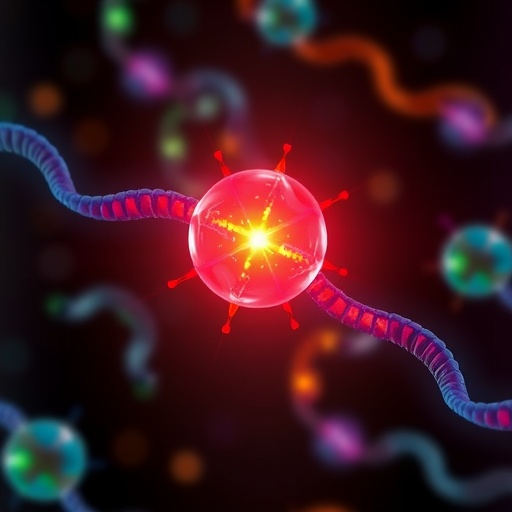„After printing, the 3-D object is static. You can no longer change it or adapt it to your needs," says Daniel Gröger, a doctoral student with the Cluster of Excellence at Saarland University. Together with Jürgen Steimle, head of the chair for Human-Computer Interaction at Saarland University, Gröger developed a procedure named Hotflex to work around this shortcoming. To that end, the computer scientists developed a flat composite, consisting of several individual layers controlled by an Arduino, a miniature computer. When the composite structure is energized by the computer, it becomes deformable almost instantly. This is made possible by the multi-layer composition of the device. The innermost layer is the so-called heating structure, which is connected to the miniature computer. Next comes the so-called moldable structure, consisting of a biodegradable plastic. If the computer-activated heating structure heats the plastic layer to a temperature of just under 60 degrees Celsius, the material becomes malleable and can be formed into the desired shape simply using bare hands. Once the object has cooled down, it will remain in this modified shape. For additional stability and outside protection, the outermost layer is made of a flexible plastic. The researchers printed the composites themselves using a regular office printer with special ink as well as a commercially available 3-D printer.
By integrating the composite elements produced in this manner into the 3-D object at certain points, its shape can be modified even after the printing process is completed. And there is more: These composites can also be used to make 3-D objects touch-responsive or to display information on them. The Saarland scientists demonstrated this with a range of printed prototypes, including an adjustable bracelet, a jewelry box that opens with knock signals, and a computer mouse with a customizable supporting surface. "We are presently integrating our flexible heating structures into the workpieces during the printing process," Gröger says. "But this will soon also be done automatically."
With Hotflex, the researchers are staying true to their vision: Using sophisticated information technology to develop useful IT devices that still do not feel as if you are handling a computer. "This is an entirely new style of modeling. You no longer have to click around in a digital 3-D model, but can work with your own hands and receive a completely different kind of feedback. At the same time, you reduce the number of iterations and waste less material and time," Jürgen Steimle explains.
Background: Saarland Informatics Campus
The Department of Computer Science at Saarland University represents the heart of the Saarland Informatics Campus. Seven other internationally renowned research institutes are nearby: The Max Planck Institutes for Informatics and for Software Systems, the German Research Center for Artificial Intelligence (DFKI), the Center for Bioinformatics, the Intel Visual Computing Institute, the Center for IT Security, Privacy and Accountability (CISPA), and the Cluster of Excellence "Multimodal Computing and Interaction".
###
Media Contact
Gordon Bolduan
[email protected]
49-681-302-70741
@Saar_Uni
http://www.uni-saarland.de
############
Story Source: Materials provided by Scienmag




